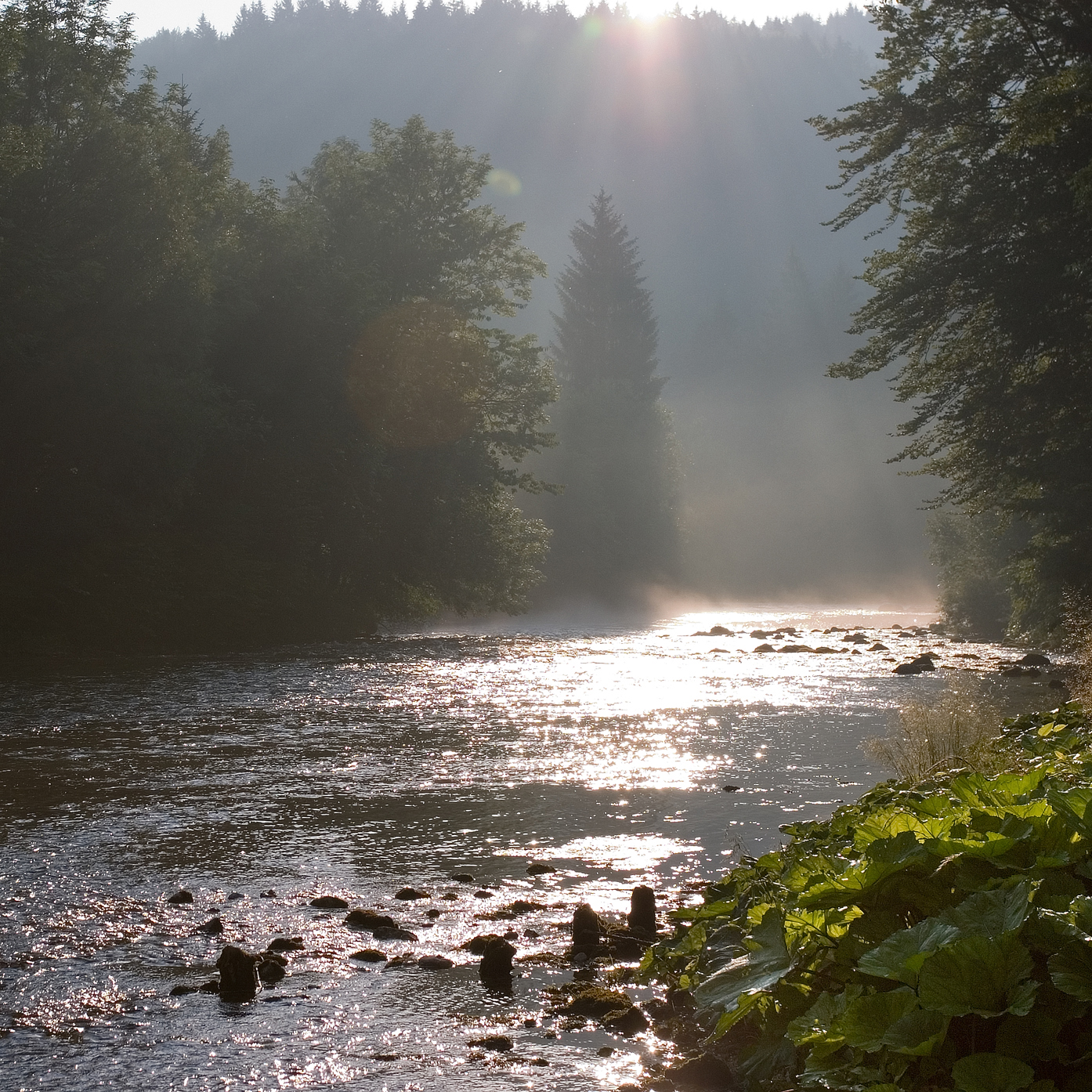A Shared Vision for the Sava River
The tremendous importance of the Sava River and its floodplains in supporting the protection of biodiversity was agreed on at the international IUCN conference “Towards a Shared Vision for the Sava River”.

Photo: Phil McIver via Flickr
Representatives of the governments of the Sava countries along with national, regional and international organisations generated a key message for the future sustainable management of the Sava River and the protection of its biological and landscape diversity. The representatives underlined the importance the Sava River has for the livelihoods along the River. The recognition of the values of the Sava River floodplains and a shared vision on its future moves the Sava countries closer to the elaboration of the integrated Sava River Basin Management Plan and improved transboundary cooperation.
The Sava basin is one of the most significant reservoirs of biodiversity in the Pannonian part of Europe. It comprises exceptionally important habitats which shelter many globally rare and threatened animal and plant species including the water shamrock, waterwheel, Eurasian spoonbill, and the white-tailed eagle. A rare example of a river with intact floodplains, the Sava encompasses highly valuable cultural landscapes formed by traditional land-use patterns (eg. Lonjsko polje, Odransko polje, Gajna, Bardaca, Zasavica).
“The Sava River hosts abundant biodiversity, but what we have to remember is that conservation of that biodiversity largely depends on supporting traditional forms of land use such as grazing and mowing. These traditional land use practices are also beneficial to local communities by supporting their livelihoods“, said Boris Erg, Director of IUCN Programme Office for South-Eastern Europe. “This international conference brought together national and international audience concerned for the future of the Sava and sharing an interest in the management of the river and its floodplains for the benefits of nature and local communities.”
The project “Protection of Biodiversity of the Sava River Basin Floodplains”, whose findings were presented at the conference, identified 51 sites in the 4 Sava countries as the core areas for creation of an ecological network in compliance with the EU Birds and Habitats Directives. While Slovenia has designated its Natura 2000 sites, in Croatia the development of Natura 2000 sites is an on-going process. Serbia is currently developing an Emerald Network as a basis for the future ecological network, while in Bosnia and Herzegovina there is a strong intention to designate new protected areas along the Sava River as a basis for the future network. Around 100 participants at the conference representing decision makers, different sectors such as conservation, agriculture, water management, forestry, and civil society agreed that the Sava floodplains represent unique reservoir of biodiversity and landscape features at the regional scale worth to be preserved and managed in an integrated and wise manner.
“The ecological networks are extremely important for enabling easier movement of species and reducing the habitat fragmentation created by human activity, which is one of the key successes to safeguarding species and their distribution”, underlines Lubomira Vavrova, Biodiversity Officer at the IUCN Programme Office for South-Eastern Europe.
“One of the key challenges for the Sava River management is to reconcile its economic development with protection and sustainable use of biological and landscape diversity. The project was developed to ensure integration of conservation objectives into the management of the Sava River, while the international conference followed the same principle by enabling different sectors (agriculture, water management, forestry, nature conservation, tourism) to have fruitful discussions and develop a shared vision”, said Henk Zingstra, Senior Adviser at Wageningen International.
IUCN was one of the initiators of the project jointly with Wageningen International and Orbicon, which was implemented by key institutions from the Sava River countries - the State Institute for Nature Protection (Croatia), the Center for Ecology and Natural Resources of the Faculty of Science in Sarajevo, the Agricultural Institute of the Republic of Srpska, the Institute for Nature Conservation of Serbia, and the Institute of the Republic of Slovenia for Nature Conservation, and supported through the EU LIFE III financial instrument.
For further information
Boris Erg, Director, IUCN Programme Office for South-Eastern



